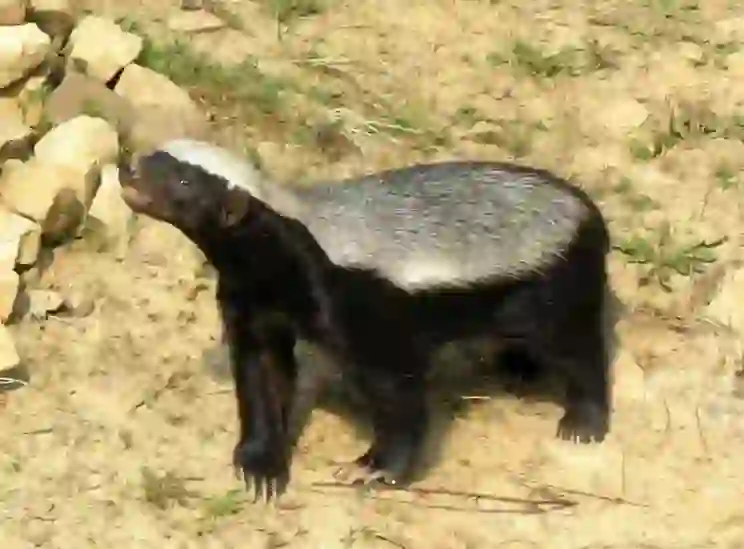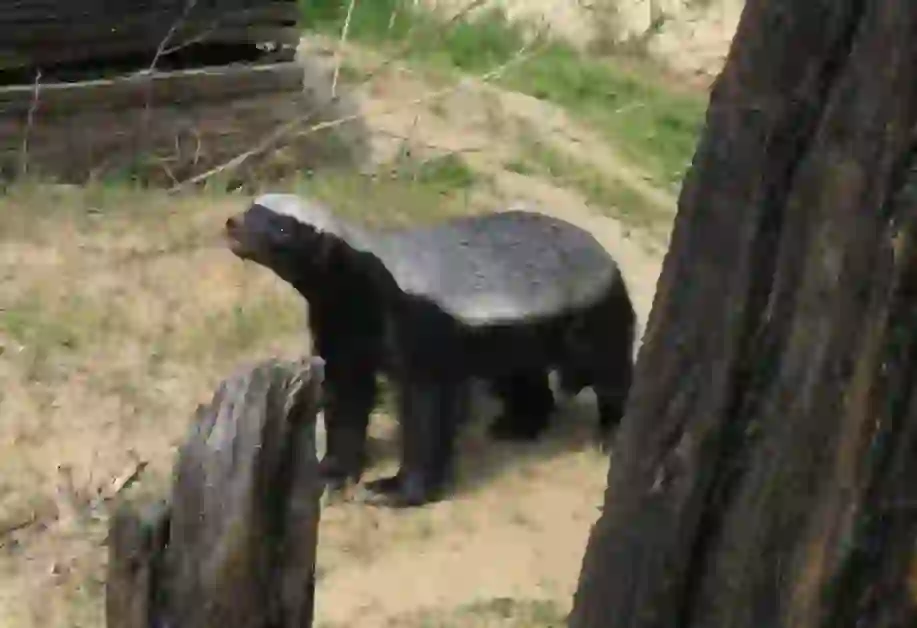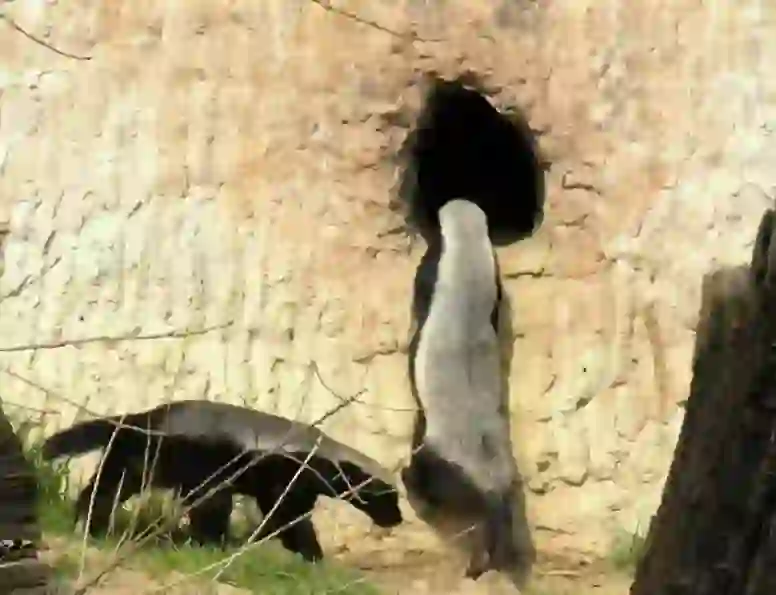
Honey Badger
Honey Badger
Honey Badger
Do you know an animal called “Honey Badger”? Many people may be hearing the name for the first time. Honey Badger is an animal that has been listed in the Guinness Book of World Records as the “world’s most fearless animal”. It doesn’t look strong, but it actively attacks other animals around it. That’s why even large animals like lions and elephants avoid Honey Badger. It’s interesting to know that there is such an animal that is so feared. Let’s take a closer look at what kind of creature Honey Badger is!
Honey Badger Basic Infomation
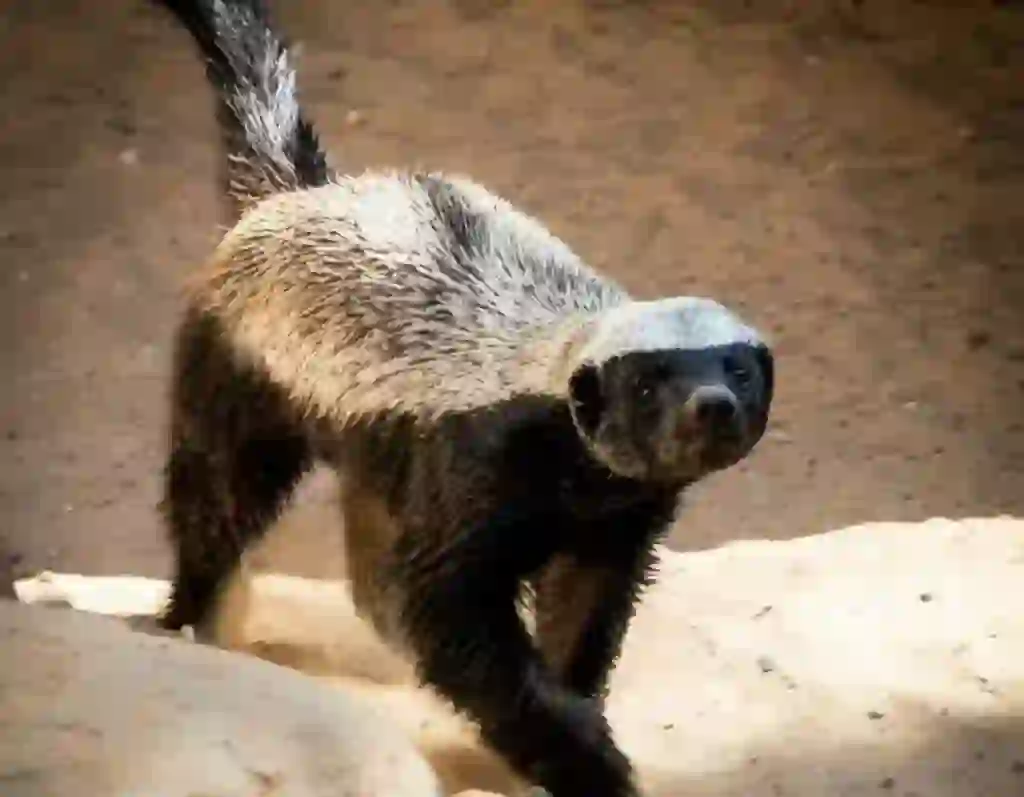
Mammalia-Carnivora-Mustelidae-Mellivorinae-Honey Badger genus. Honey Badger length:about 60-80cm weight:7~14kg. Honey badgers live in a wide range of areas across Africa and some parts of Central Asia. They have a body that can adapt to various environments, so their habitat is also wide. They usually act alone and live while moving around instead of staying in one place. As for how far they move, it is said that males can move up to 25 km and females can move up to 10 km per day. They can move quite a distance!
Honey Badger looks like a badger but has a two-tone color of black and white. It is about the size of a Corgi dog breed. It is not that big and doesn’t look strong. However, carnivorous animals like lions rarely attack Ratel. Why is Honey Badger not targeted? The reason is related to Honey Badger’s personality and physical characteristics. Honey Badger’s personality is fearless. It challenges animals that are larger than itself or fierce animals. And because it attacks persistently, it is an existence that other animals do not want to deal with. Because of this personality, it has been registered in the Guinness Book of World Records as the “world’s most fearless animal”. Next, I will introduce five characteristics of Honey Badger’s body. 1)It has a powerful jaw that can crush things. Its jaw is so strong that it can easily crush hard parts such as bones and shells. 2)It can attack with sharp claws. It uses its claws to attack prey or to break apart beehives to eat. 3)It can intimidate with its strong-smelling scent gland. Like a skunk’s fart, it sprays a strong smell at its enemies. The smell is so powerful that it is said to take about a week to get rid of. 4)It has stretchy and tough skin. Even if an enemy bites its back, its skin stretches so it can counterattack by biting back. Also, because its skin is thick, it is not easily penetrated even if bitten by fangs. If you try to catch Honey Badger by the neck without knowing the characteristics of its skin, you may get bitten and seriously injured. 5)It has resistance to venom from snakes and other animals. It has resistance to venom from snakes so it is not affected even if attacked. Therefore, it attacks snakes in turn and eats them as food. As you can see, Honey Badger’s body is quite sturdy. It must be difficult to deal with animals like Honey Badger that are not affected even if attacked. It’s understandable why other animals avoid Honey Badger.
Honey Badger breeds by mating in the burrow around September to December. The gestation period is about 50 to 70 days, and one to two babies are born at a time. Since males do not participate in child-rearing, females must raise the babies alone. They raise their babies in the burrow for three months after they are born. However, they move to another burrow every three days instead of staying in one burrow. It must be difficult to move around with their babies in their mouths. After three months of life, they can eat normal food and live while moving to different burrows every day. They spend one to two years with their mother before becoming independent.
Honey Badger Q&A

Where does the name Honey Badger come from?
Honey Badger has different names depending on the country, but there is one thing in common. That is that its favorite food, “honey,” is the origin of its name. ・In Japan, it is called “mitsuanaguma.” ・In China, it is called “mi huān.” ・In English, it is called “honey badger.” Honey Badger is named after Afrikaans in Africa. Its scientific name is “Mellivora capensis,” which means “one who eats honey from the Cape region.”

What is Honey Badger eating?
Honey Badger is an omnivore that eats a wide range of foods from meat to fruit. Among the various foods, honey is my favorite. It loves honey so much that it is the origin of its name. Also, because it has a powerful jaw, it can crush even the hard shells of turtles. If it can eat such hard things, it’s understandable that it eats everything from meat to bones without leaving anything behind. Since it can eat anything, it doesn’t have any trouble finding food.
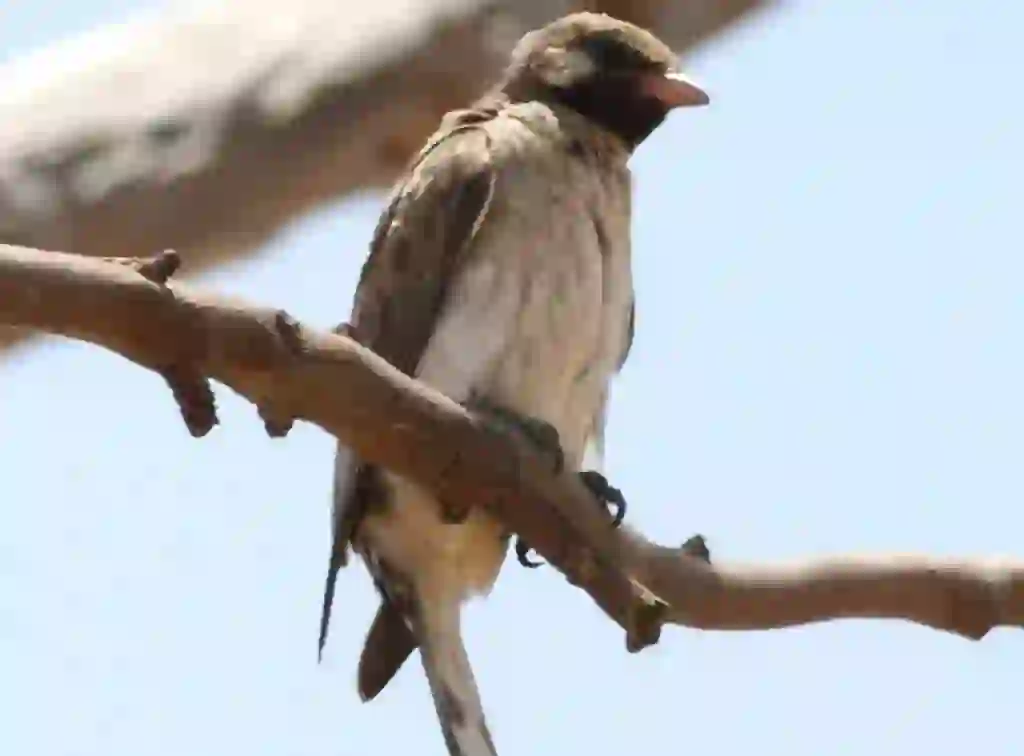
Why does the Honey Badger live in symbiosis with birds?
Honey Badger loves honey, but it is not good at finding nests. Therefore, it asks birds such as the Greater Honeyguide and Scaly-throated honeyguide of the Honeyguide family to find nests for it. Birds can find nests, but they cannot attack them. The birds guide Honey Badger to the location of the nest and have it destroy the nest. Then, the birds take the honey that Honey Badger has left behind. They obtain food by cooperating with each other to make up for what they cannot do.
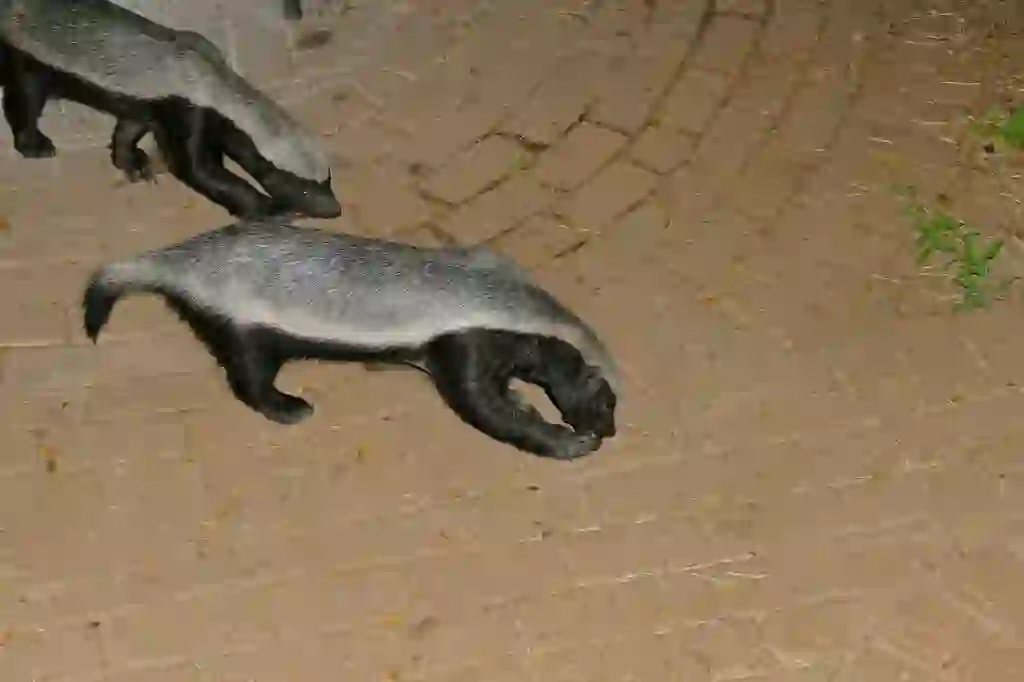
Does Honey Badger have any natural enemies?
Honey Badger has almost no natural enemies. If we had to name one, it would be carnivorous animals such as lions. If it is attacked in a vulnerable area, it may lose. However, carnivorous animals are unlikely to attack animals that may turn the tables on them. Therefore, Honey Badger is rarely attacked.
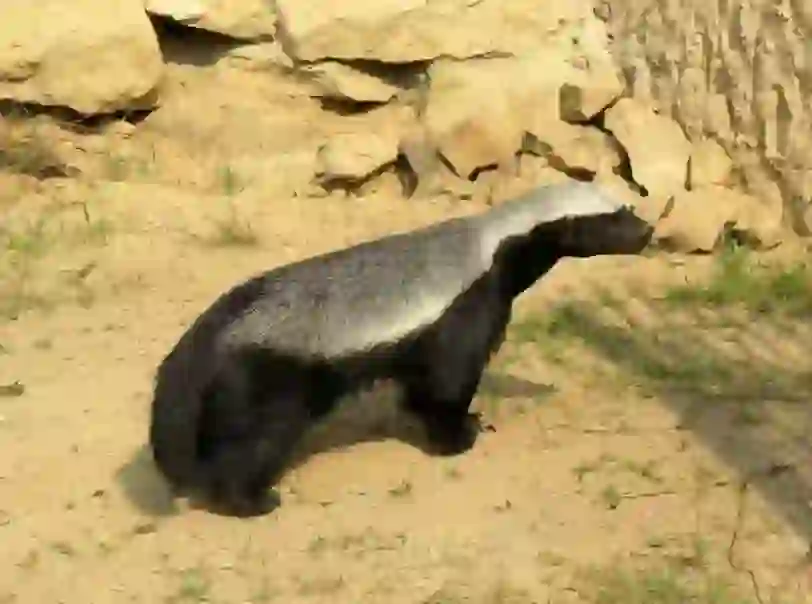
Does Honey Badger have a weakness?
Honey Badger has the strength to attack animals larger than itself, but does it have any weaknesses? All living things have weaknesses. In the case of Honey Badger, it is said that its face and belly are its weak points. Honey Badger’s skin is unique in that it is both stretchy and thick. However, that skin is only strong on the back. The skin on the face and belly is thin, so if it is attacked there, it can be fatal. Despite having weaknesses, Honey Badger’s willingness to fight is truly fearless.
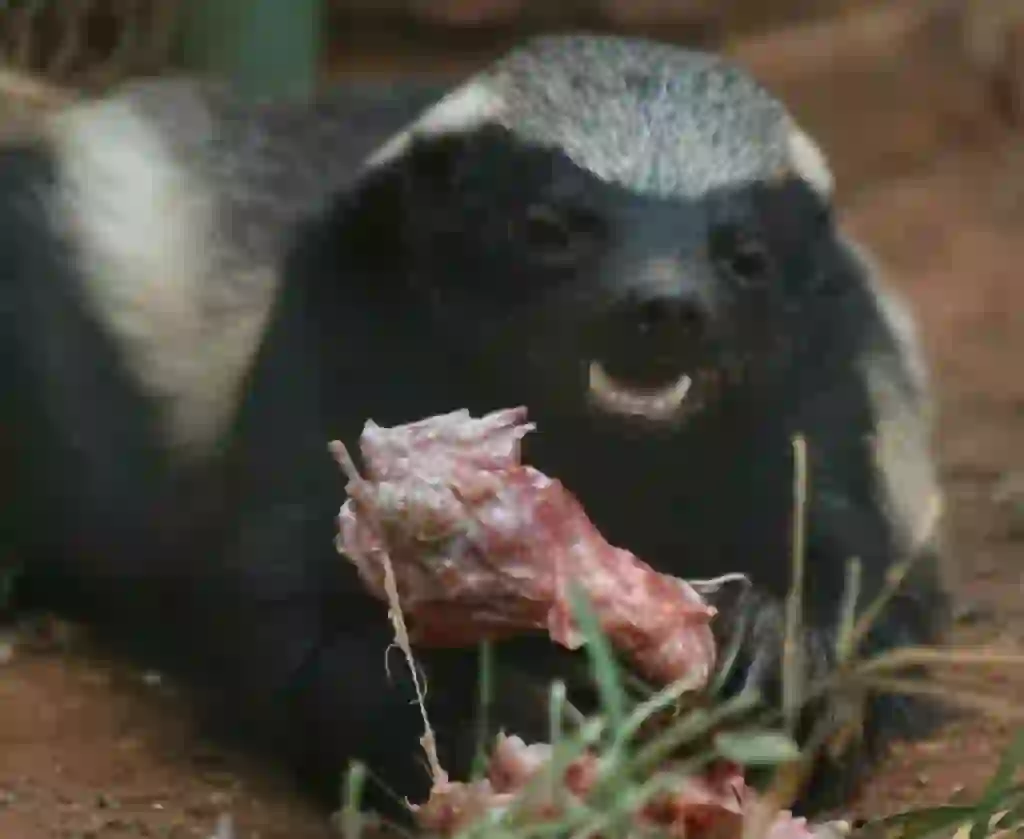
How long does a Honey Badger last?
The lifespan of Honey Badger varies depending on whether it is in the wild or in captivity. ・Wild Honey Badger lives for about 10-20 years. ・Honey Badger in captivity lives for about 24 years. Since it is an animal with few natural enemies, it can live a long life even in the wild.
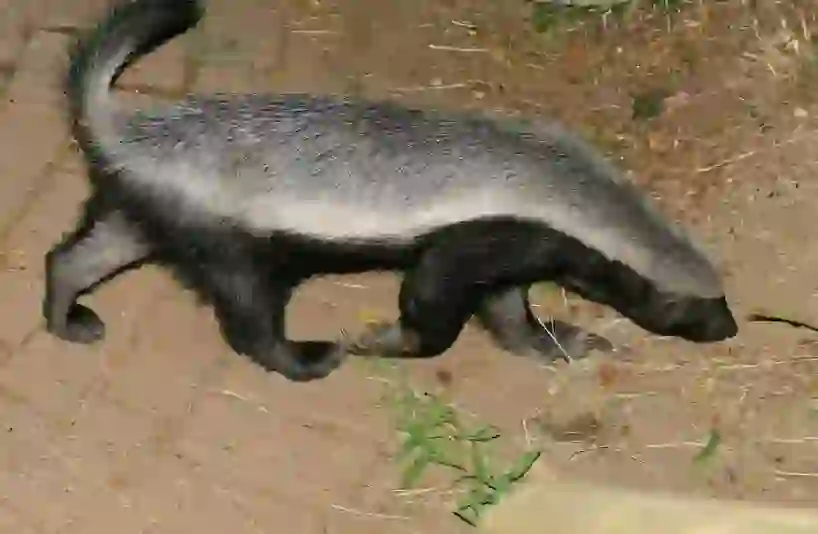
Is there a zoo where I can actually see Honey Badger?
There is only one zoo in Japan where you can actually see Honey Badger. That place is the Higashiyama Zoo in Nagoya City, Aichi Prefecture. Higashiyama Zoo has two Honey Badgers: a male named Zavi and a female named Fran. If you are interested, please visit and see them!

Would you like to become a part of the 'Animalbook.jp'?
Turn your knowledge into Q&A and share it with the world. ※Publication will be activated after purchase. Let's share information together!
Honey Badger Type of List
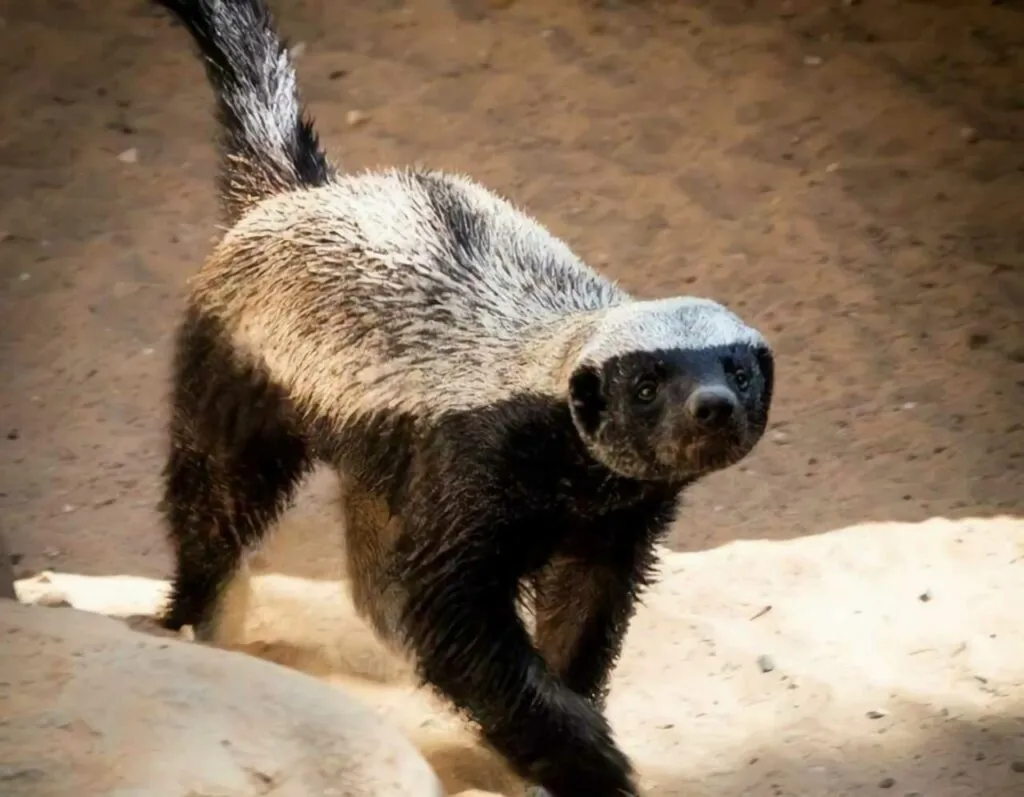
・Honey Badger.
Information
Congratulations! You are the first commenter!

Create Your Favorite List!
Honey Badger
Save the animals you love! Build your own list to quickly revisit your favorites later.

Would you like to leave a comment?
※Please note: This is for the purchase of rights to post comments within the article.
Find Your Favorites!
Our shop offers a unique and attractive selection of goods themed around various animals.
Honey Badger References
Honey Badger Introduction of media used

other
出典:https://commons.wikimedia.org/wiki/File:Greater_Honeyguide-1.jpg

enemy
出典:https://pixabay.com/images/id-5873637/

Help Enrich Our Animalbook.jp with Your Media!
We are constantly looking to expand and enrich our Animalbook.jp with amazing photos and videos of animals. If you have any media that you'd like to share, please contribute and help us showcase the beauty and diversity of the animal kingdom. Your submissions will be credited and featured in our encyclopedia, reaching a wide audience of animal lovers.
















